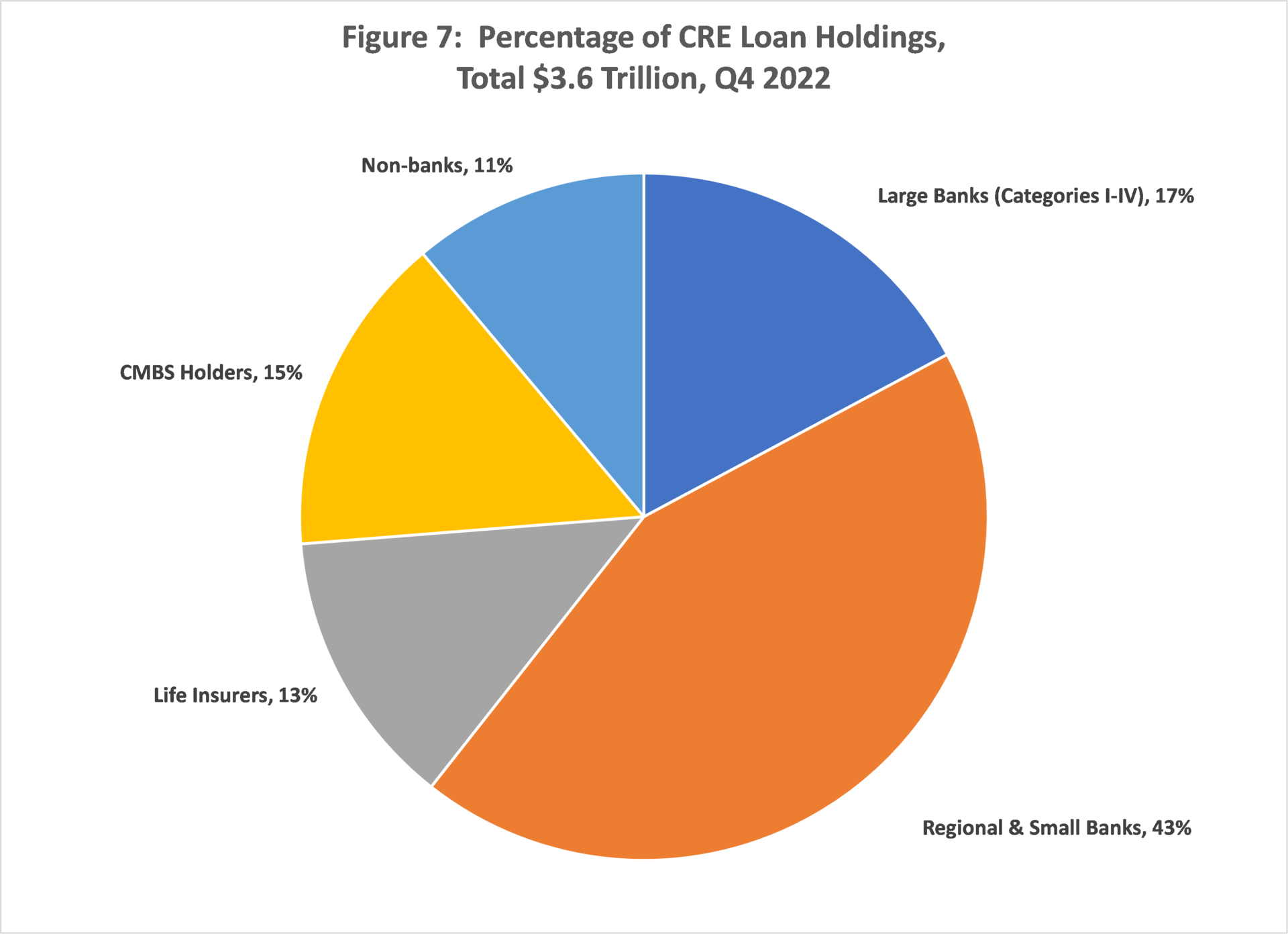trending
neon
Cirque du Soleil offers summer ticket deals
dining out
Celebs ditch the Strip for iconic Henderson restaurant
july 
trending
neon
Cirque du Soleil offers summer ticket deals
dining out
Celebs ditch the Strip for iconic Henderson restaurant
july 

U.S. banking regulations have a significant impact on investment performance. This article explores how these rules shape the financial landscape and affect investor returns




U.S. banking regulations have a profound impact on investment performance, directly affecting how financial institutions and investors manage risk, allocate capital, and pursue returns. These regulations, which include monetary policy, capital requirements, and consumer protection laws, create a regulatory framework that shapes the landscape of capital markets. Understanding how these rules influence investment performance is crucial for both institutional and individual investors seeking to navigate the evolving financial environment.
In this article, we will explore the key banking regulations in the U.S. and analyze how they affect investment decisions, risk management, and overall market performance. We will also look at the role of the Federal Reserve, Dodd-Frank Act, Basel III, and other major policies that impact the way banks and investors interact with the market.
The Federal Reserve, the central bank of the United States, plays a pivotal role in shaping U.S. banking regulations, especially through its monetary policy decisions. The Fed’s actions have a direct impact on investment performance, particularly in terms of interest rates, liquidity, and risk appetite.
Interest Rates and Capital Allocation: The Fed controls short-term interest rates, which in turn influence borrowing costs for banks, businesses, and consumers. Lower interest rates generally stimulate economic activity by making borrowing cheaper, which can lead to higher levels of investment and expansion. For investors, lower interest rates often correlate with higher stock prices, as companies benefit from cheaper financing. Conversely, higher interest rates can dampen investment activity, reduce corporate profits, and lead to lower equity prices.
Quantitative Easing (QE) and Asset Prices: Quantitative easing (QE) is another tool used by the Fed, particularly during economic crises, to inject liquidity into the financial system. QE involves the Fed purchasing long-term securities, such as Treasury bonds and mortgage-backed securities, which helps lower long-term interest rates and increase liquidity. This has a direct impact on investment performance by driving up asset prices across various markets, including equities, real estate, and bonds. Investors often adjust their portfolios to capitalize on the increased liquidity created by QE.
Inflation Targeting and Risk Management: The Fed’s management of inflation is a critical factor in investment decisions. Inflation affects the purchasing power of money and can lead to increased volatility in financial markets. By targeting a stable inflation rate, the Fed seeks to create a predictable economic environment that allows investors to make more informed decisions. Inflation expectations also influence the performance of different asset classes, such as stocks, bonds, and commodities.
The Dodd-Frank Wall Street Reform and Consumer Protection Act, enacted in 2010 in response to the 2008 financial crisis, significantly reshaped banking regulations in the U.S. The law introduced a series of reforms aimed at increasing transparency, reducing systemic risk, and preventing another financial crisis.
Volcker Rule and Proprietary Trading: One of the most notable provisions of the Dodd-Frank Act is the Volcker Rule, which limits the ability of banks to engage in proprietary trading. This rule restricts banks from making speculative investments with their own capital, focusing them instead on serving their customers’ needs. For investors, the Volcker Rule helps reduce the potential for market distortions caused by excessive risk-taking by banks. However, it also limits the ability of banks to generate higher returns from proprietary trading, which could affect overall market liquidity and investment performance.
Capital and Liquidity Requirements: Dodd-Frank introduced stricter capital adequacy requirements for banks, forcing them to hold larger reserves to absorb potential losses. The law also introduced new liquidity requirements to ensure that banks can meet their obligations during financial stress. For investors, these regulations promote greater stability in the banking sector, as banks are less likely to engage in excessive risk-taking that could jeopardize their financial health. As a result, investors may feel more confident about holding investments in financial institutions subject to these enhanced regulatory standards.
Consumer Protection and Ethical Investment: The creation of the Consumer Financial Protection Bureau (CFPB) under Dodd-Frank added a layer of oversight to ensure that banks and other financial institutions operate in a manner that is fair and transparent. This emphasis on consumer protection also influences investment decisions, as investors increasingly consider the ethical and reputational risks associated with financial institutions and their practices.
The Basel III framework is an international regulatory standard aimed at improving the resilience of the global banking system. U.S. banks are subject to Basel III, which imposes stricter capital and liquidity requirements to ensure financial stability.
Capital Buffers: Basel III introduced the requirement for capital buffers, which are additional reserves banks must hold above the minimum capital requirements. These buffers are designed to absorb losses during periods of financial stress and reduce the likelihood of bank failures. For investors, Basel III’s emphasis on capital strength provides reassurance that financial institutions are better prepared to weather economic downturns, which can lead to more stable returns on investment.
Leverage Ratio and Risk Mitigation: Basel III also implemented a leverage ratio, which limits the amount of borrowing a bank can engage in relative to its capital. This reduces the risk of over-leveraging, which can lead to financial instability. By ensuring that banks operate with sufficient capital relative to their risk exposures, Basel III contributes to a more stable financial environment, benefiting investors by lowering the likelihood of market disruptions caused by bank failures.
Liquidity Coverage Ratio (LCR): The LCR requires banks to maintain sufficient liquid assets to cover their short-term obligations in times of financial stress. This ensures that banks can meet their funding needs without resorting to emergency measures or government bailouts. For investors, this regulation provides greater confidence that banks are less likely to face liquidity crises, which could have detrimental effects on their investments.
The Tax Cuts and Jobs Act (TCJA), passed in December 2017, brought about significant changes to the U.S. tax code, including corporate tax cuts and other provisions that affect the banking sector and overall investment climate.
Corporate Tax Rate Reduction: One of the most important changes introduced by the TCJA was the reduction of the corporate tax rate from 35% to 21%. This reduction provided an immediate boost to the profitability of U.S. corporations, increasing their potential for reinvestment, dividend payouts, and stock buybacks. For investors, this meant more attractive returns, particularly in sectors that benefit from lower tax burdens, such as technology and financial services.
Repatriation of Overseas Profits: The TCJA also introduced a one-time tax holiday that allowed U.S. companies to repatriate foreign profits at a reduced tax rate. This repatriation of capital led to increased stock buybacks, dividends, and investments in infrastructure. For investors, the repatriation of overseas profits signaled a return of liquidity to U.S. markets, boosting investor confidence and supporting higher stock valuations.
Incentives for Business Investment: The TCJA also included provisions that incentivized businesses to invest in capital expenditures, research, and development. This provided additional opportunities for investors to engage in sectors with strong growth potential.
As U.S. banking regulations place an increasing emphasis on consumer protection, investors are becoming more attuned to ethical considerations when making investment decisions. Regulatory measures that promote transparency, fairness, and responsible business practices help mitigate reputational risks and encourage long-term investment strategies.
U.S. banking regulations have a significant impact on investment performance. This article explores how these rules shape the financial landscape and affect investor returns
the latest

SBA Lending Programs in the Spotlight for Small Business Growth
The Small Business Administration (SBA) has highlighted its lending programs as key drivers for small business growth. These programs, including the 7(a) loan and 504 loan, provide crucial funding to entrepreneurs, especially those from underrepresented communities.

Treasury Department Announces New Banking Policies for Foreign Investors
The U.S. Treasury Department has unveiled new banking policies aimed at regulating foreign investments. These policies are designed to enhance national security and ensure that foreign investors comply with stricter guidelines when investing in key industries.

Major Banks Face Scrutiny Over Lending Practices Post-Pandemic
Major banks are facing increased scrutiny over their lending practices following the pandemic. Regulators are investigating whether certain loan policies and interest rates disproportionately affected certain communities, leading to concerns about discriminatory lending and financial stability

Bank of America Launches Green Investment Fund
Bank of America has launched a new green investment fund, aimed at supporting sustainable projects and environmentally-conscious initiatives. The fund will focus on financing renewable energy, green infrastructure, and eco-friendly technologies to help accelerate the transition to a low-carbon economy

Rising Mortgage Rates Impacting Homebuyers & Lenders
The sharp increase in mortgage rates has begun to significantly impact both homebuyers and lenders. With higher interest rates, potential buyers are facing affordability challenges, while lenders are grappling with lower loan demand and increased risk in the housing marke

Banks Explore AI for Fraud Prevention & Customer Service
Banks are increasingly adopting AI-driven technologies to combat fraud and improve customer service. AI-powered tools enable real-time fraud detection, personalized banking experiences, and enhanced risk assessment, ensuring greater security and efficiency in the financial sector

New Regulations for Digital Banking and Crypto Investments
The government has announced new regulations for digital banking and cryptocurrency investments to enhance security, transparency, and consumer protection. The rules aim to prevent fraud, ensure compliance, and create a stable financial ecosystem for digital assets

The Role of U.S. Banking Regulations in Investment Decisions
U.S. banking regulations play a critical role in shaping investment decisions. This article explores how changes in banking rules influence market behavior, investor confidence, and capital flow

Analyzing U.S. Banking Regulations and Investment Performance
U.S. banking regulations have a significant impact on investment performance. This article explores how these rules shape the financial landscape and affect investor returns